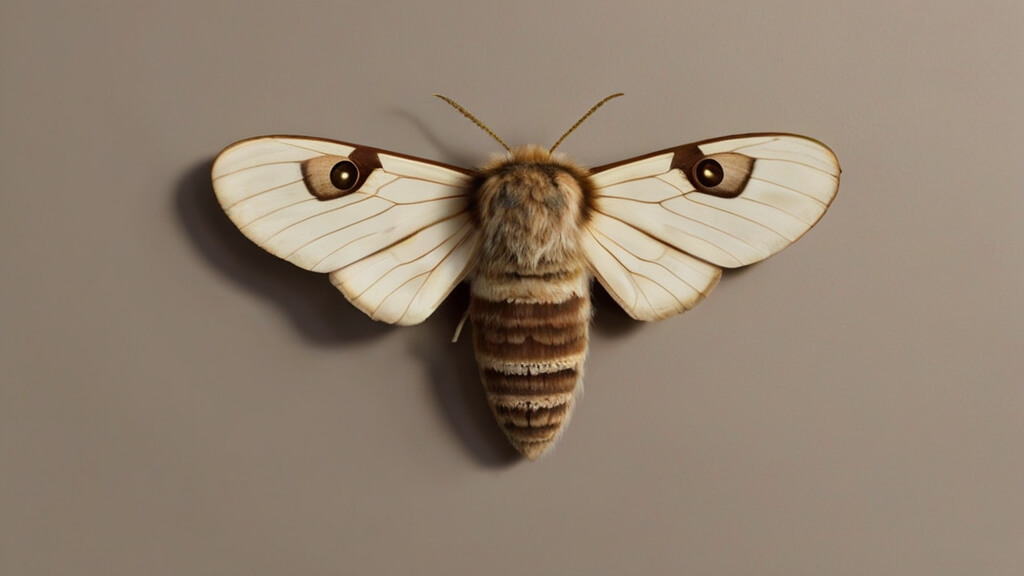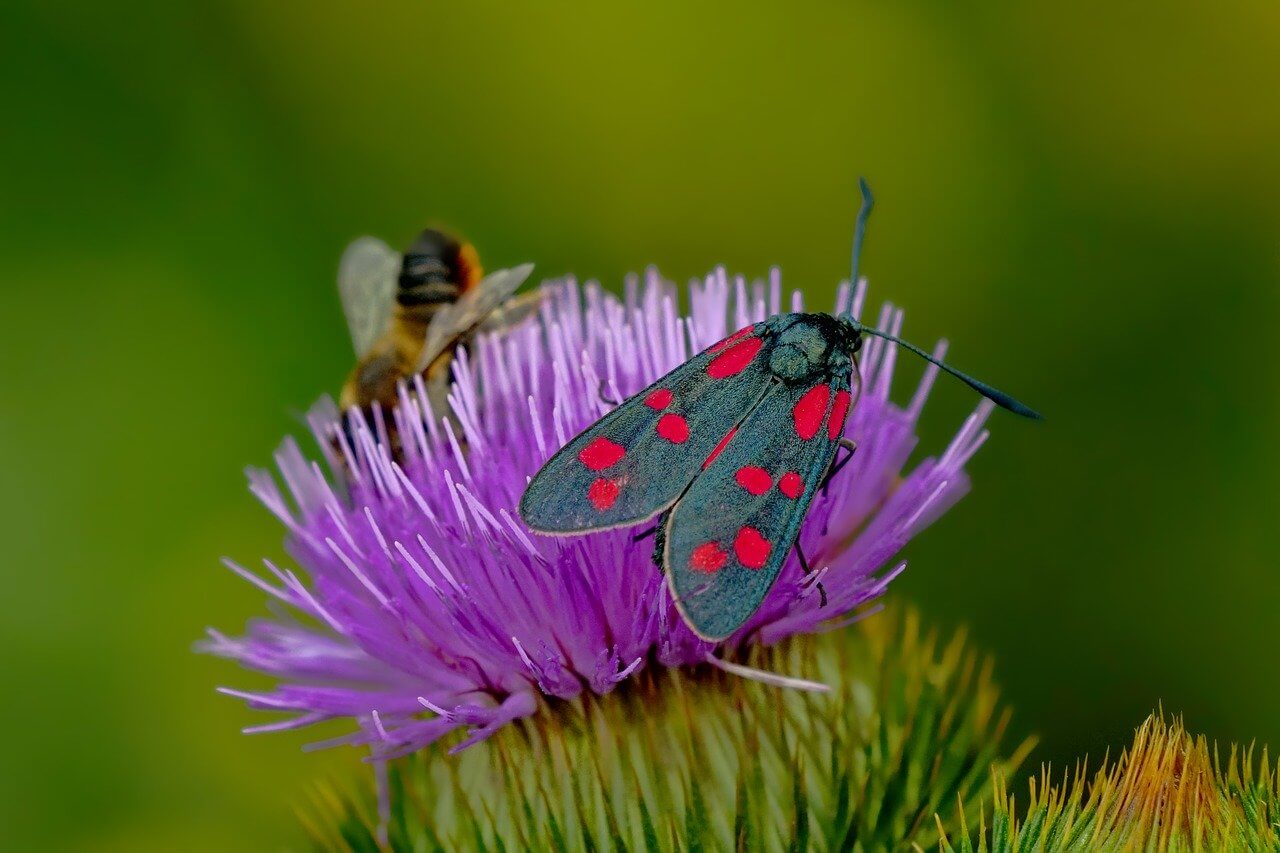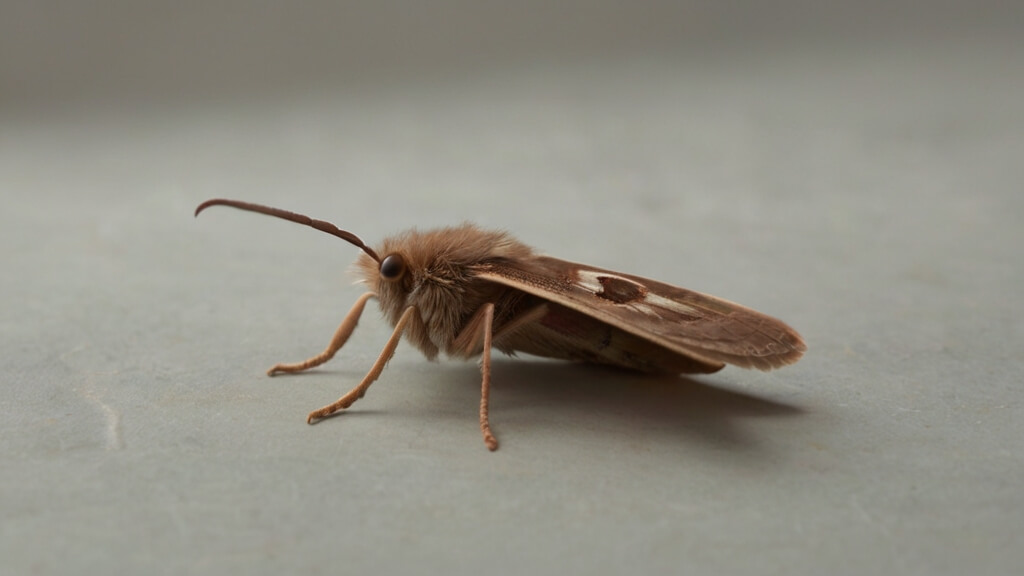Do Moths Pollinate? Explore the intricate world of moths and butterflies, their long sucking tongues, and how they are guided to flowers by a combination of sight and smell. Discover the unique adaptations of flower structures and the crucial role of these insects in pollination.

Moths and butterflies represent a whole order of insects, numbering over 100,000 species, which has originated in relation to the flower-feeding habit. Nearly all members of this order possess a long sucking tongue which is coiled up at rest and extended in feeding. The length of the tongue varies over a wide range, being only a few millimeters long in some of the smaller moths, 1 to 2 centimeters in many butterflies, 2 to 8 centimeters in some hawk moths of the north temperate zone, and attaining lengths of 10 to 25 centimeters in tropical hawk moths. In feeding, moths do not settle down on the flower after the fashion of bees, but hover above it with the tongue inserted in the nectar.
Experiments indicate that moths, much like bees, are guided to flowers by a combination of sight and smell, the relative importance of the two senses varying from species to species. The color sense of certain hawk moths is similar to that of bees insofar as blue and yellow are perceived as colors and pure red is not. Some butterflies, on the other hand, see red as well as blue and yellow.
Most, but not all, moths fly during the hours of dusk and night, while most butterflies feed during the daytime.
The instinct to feed on one kind of flower during a succession of visits is developed to a greater or lesser degree in different kinds of moths and butterflies. Many moth flowers open only in the late afternoon or evening, remaining closed through the hours of bright sunshine, while butterfly flowers are open during the day. In either case the flower attracts the attention of its pollinator by the most conspicuous combination of color and odor : red or orange colors in day-blooming butterfly flowers, and white shades accompanied by a very heavy fragrance in nocturnal moth flowers. The deep scent of moth flowers may be released only at night. The petals of moth flowers are often fused into a tube which is slender toward the base and expanded above into a broadly spreading limb. In the evening light the large, round, white limb forms a shining target for a hovering insect.

The nectar of moth and butterfly flowers is secreted at the base of the long slender tubular corolla or spur, where it is accessible only to the long-tongued moths and butterflies. A close correspondence frequently exists between the length of the tongue in a species of moth and the length of the corolla tube or spur in the species of flower which it visits.
The stamens may be elevated above the entrance to the floral tube, in which case, the pollen is delivered onto the head or breast of the hovering insect, or the stamens may be few in number and situated deep within the floral tube, so that the pollen adheres to the insect’s proboscis. As with bee flowers, the pollen grains are clumped in masses so that one successful pollinating visit suffices for the fertilization of numerous ovules.
As examples of moth flowers may be mentioned the morning-glory, tobacco, yellow columbine, white catchfly (Silene), yucca, phlox, some evening primroses, and many orchids, and as examples of butterfly flowers, the red catchfly, carnation, and many lilies. The European morning-glory, Convolvulus sepium, a hawk moth flower, is virtually confined in nature to areas where its pollinator, Herse convolvuli, is abundant. The yucca is wholly dependent upon the small moth Pronuba for its pollination.

The female of this insect visits the white yucca flowers by night, secures a ball of pollen from the stamens in its mouth, and flies to another flower. Here it first lays its eggs in the tissues of the carpel near the ovules, then packs the sticky mass of pollen into the openings of the stigma. The moth grubs, though they feed on the developing yucca seeds, do not consume them all, and sufficient seeds are left over for the perpetuation of the plant.